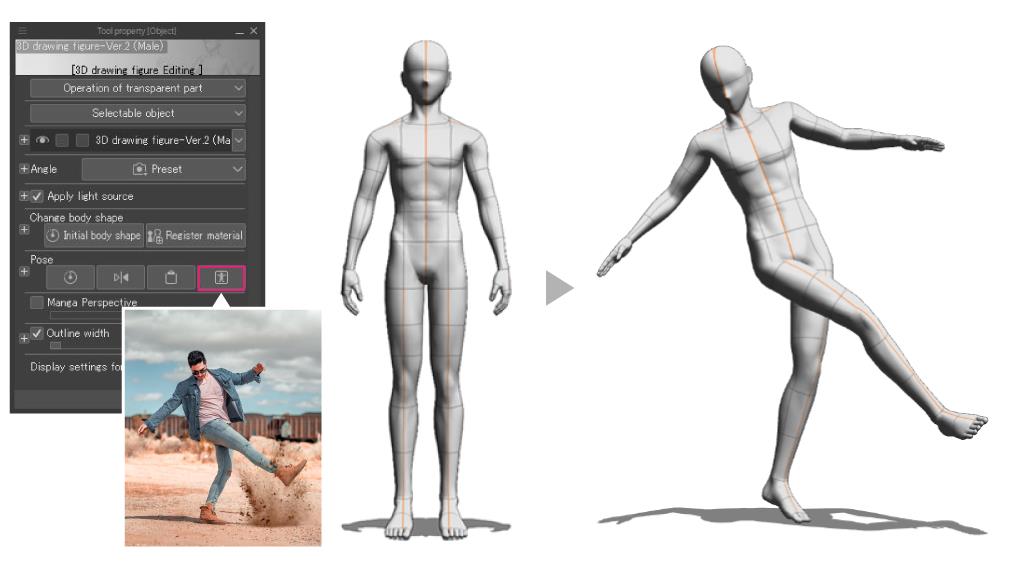
Navigating the intricate landscape of 3D character design can be a daunting task. It requires a fine balance of technical proficiency, creativity, and innovation.
This article explores ten common pitfalls that can hinder the success of your 3D design journey. From the importance of research to mastering software skills, we'll guide you through these challenges, providing solutions to elevate your creations from ordinary to extraordinary, making your characters truly come alive.
Understanding the Importance of Research in 3D Design
One cannot underestimate the crucial role that thorough research plays in the creation of a successful 3D character design. The integration of superior research methodologies facilitates the process of conceptualization, providing a rich reservoir of design inspirations.
This rigorous research approach involves an exploration of different eras, cultures, and artistic styles; each offering unique perspectives that enrich the design process. Elements drawn from such diverse environments provide the foundation for a distinctive 3D character design.
The use of advanced research tools and innovative techniques, such as AI and machine learning, can further streamline this process, enabling designers to create striking, memorable characters that resonate with audiences.
Therefore, it's clear that comprehensive research is instrumental to 3D character design success.
The Challenge of Creating Unique and Memorable Characters
In the realm of 3D character design, the challenge is not only producing visually appealing characters, but also ensuring they are unique and memorable.
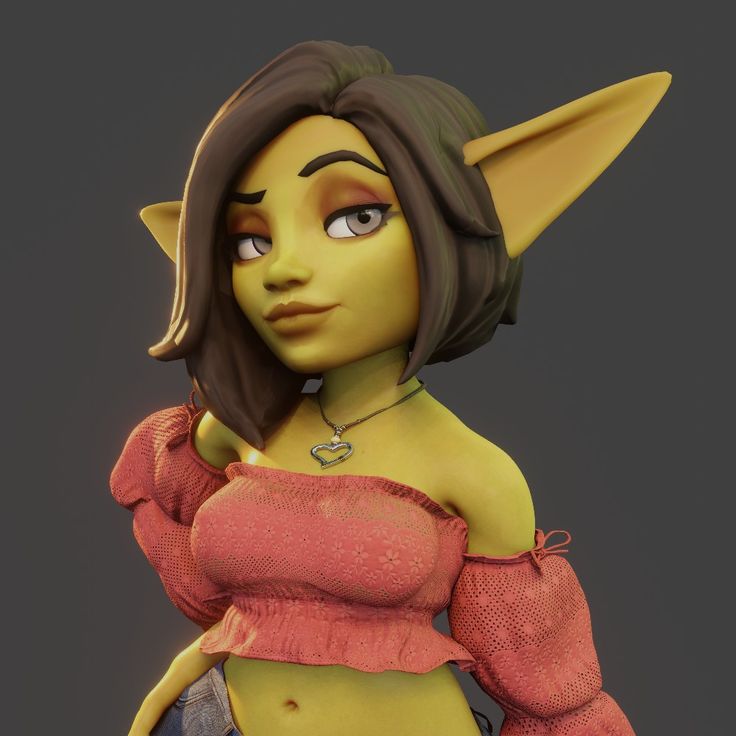
This encompasses the intricate task of defining character uniqueness, which hinges on creativity and distinctiveness, and securing a memorable design that resonates with the audience.
Navigating this terrain effectively requires a blend of technical mastery, innovative thinking, and a deep understanding of narrative and character psychology.
Defining Character Uniqueness
While the design process can be intricate and demanding, the challenge of creating unique and memorable characters is an essential aspect that often determines the success of a 3D character design.
The character's persona, a fundamental element of uniqueness, requires an innovative approach to design, with careful consideration for its persona manifestation within the 3D environment.
It's not merely about creating visually appealing figures, but ones that tell a story, evoke emotions, and resonate with the audience.
The character's persona should be distinctive, incorporating an array of features, characteristics, and nuances that set it apart from others.
It's a creative journey that demands a fusion of technical proficiency and artistic vision.
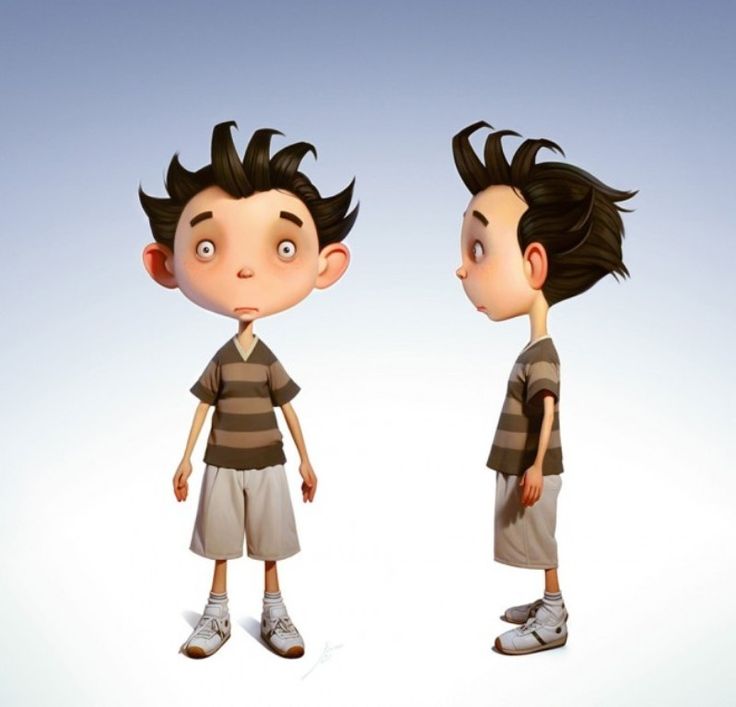
Thus, defining character uniqueness is a pivotal step in achieving a successful 3D character design.
Ensuring Memorable Design
Crafting distinctive and unforgettable 3D characters necessitates a thorough understanding of character design principles, combined with a dash of innovation and creativity.
Leveraging color psychology and design symbolism can significantly influence the perception and emotional response of your audience towards your character. Colors can evoke feelings and set the tone of your character's personality, while design symbolism can provide depth, adding layers of meaning to their visual representation. For instance, sharp edges might suggest aggression, whereas softer shapes suggest approachability.
Striking a balance between these elements and continuously experimenting is vital. Remember, creating a memorable character isn't just about aesthetics. It also involves imbuing your design with a unique persona that resonates with your audience, leaving a lasting impression.
Mastering the Basics of 3D Modeling Software
Before producing intricate designs, a 3D artist must first get to grips with the foundational aspects of 3D modeling software. The initial hurdle is software selection, a step that determines the artist's creative capacity. This choice should be guided by the software's ability to cater to one's specific design needs, workflow, and the complexity of the project at hand.
Next, understanding the software's interface, tools, and functions is vital to manipulate your model effectively. Model manipulation, the heart of 3D modeling, involves shaping and controlling digital objects in a virtual space. It requires a nuanced understanding of coordinate systems, transformation, scaling, and rotation tools. Mastering these basics paves the way for creating innovative 3D character designs that captivate and inspire.
The Role of Lighting in Bringing Your Character to Life
In 3D character design, the role of lighting cannot be overstated; it has the potential to breathe life into your creations.
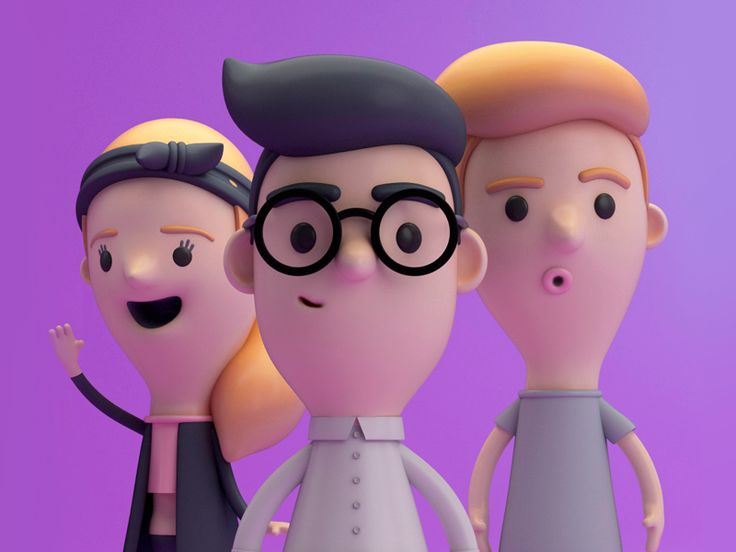
It can perceptively alter the appearance of the character, manipulate the mood, and provide depth through the careful application of shadows.
Thus, understanding and skillfully utilizing the nuances of lighting is a fundamental aspect of successful and dynamic 3D character design.
Lighting Effects on Perception
While many designers focus on the physical attributes of a character, it's critical to understand the profound role lighting plays in shaping viewers' perception and bringing your 3D character to life. This is where lighting psychology and color dynamics come into play.
A strategic use of light and shadow can create depth and detail, enhance the mood, and evoke emotional responses. For instance, warm lighting can help establish a positive ambiance, while darker tones may induce a sense of mystery or suspense.
The interplay of light and color can also accentuate or downplay certain features, influencing how your character is perceived. Hence, mastering the art of lighting is a crucial step towards designing compelling and lifelike 3D characters.
Manipulating Mood With Light
How, then, can a designer effectively manipulate lighting to not only bring a 3D character to life but also to influence the mood and emotional response of the viewer? Lighting psychology and color symbolism play crucial roles in this process. Here are a few fundamental principles:
- Underlying color symbolism can convey specific emotions: red for danger, green for calm, etc.
- High contrast lighting can create a sense of drama and tension.
- Soft lighting often suggests romance or tranquility.
- Lighting direction can be used to highlight or obscure features, altering a character's appearance and the viewer's perception.
Shadowing for Depth Perception
Both the proper use of shadows and the strategic placement of light sources are crucial elements in creating depth perception, thereby adding a sense of realism and vitality to your 3D character design. Innovative shadowing techniques can produce a depth illusion that breathes life into your character, accentuating its three-dimensionality. This involves delicately balancing light and dark areas, employing high-contrast shadows for boldness, and softer shadows for subtle depth effects.
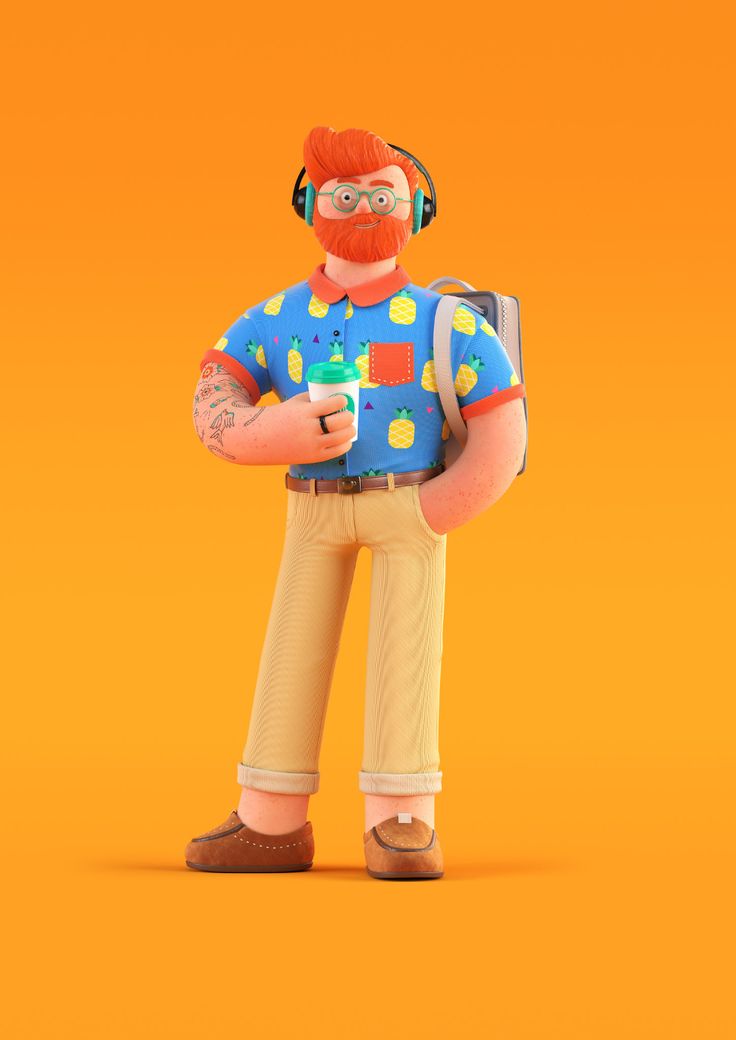
Also, consider the direction, intensity, and color of your light sources, as these will significantly influence the character's perceived depth. The interplay between light and shadow not only enhances the visual appeal but also substantially contributes to the narrative by evoking emotional responses.
Mastering these techniques can transform your character from a static model into a dynamic, living entity.
Avoiding the Overuse of Textures in Character Design
Texture saturation, a common pitfall in 3D character design, often leads to visually overwhelming and unrealistic characters if not properly managed. Achieving a balance, with texture variety and simplified texturing, can be key to creating believable and visually engaging characters.
To avoid texture saturation, consider these points:
- Utilize texture variety to enhance visual interest without overwhelming the viewer.
- Simplified texturing can often achieve a more realistic end result, as in real life, textures are often subtle and not overly complex.
- Think about how different textures interact with lighting. A material's texture can significantly impact how it appears under different lighting conditions.
- Limit the use of high-resolution textures. While they can add detail, they can also lead to a sense of overload and visual noise if overused.
The Pitfall of Neglecting the Backstory of Your Character
An often overlooked, yet crucial aspect of 3D character design is the formation and integration of a character's backstory.
This narrative foundation not only gives depth to the character, but also directly influences their physical representation, dictating elements such as apparel, physique, and even subtle nuances in facial expressions.
Neglecting this stage can result in a character that, while visually impressive, may lack the authenticity and relatability that truly engages an audience.
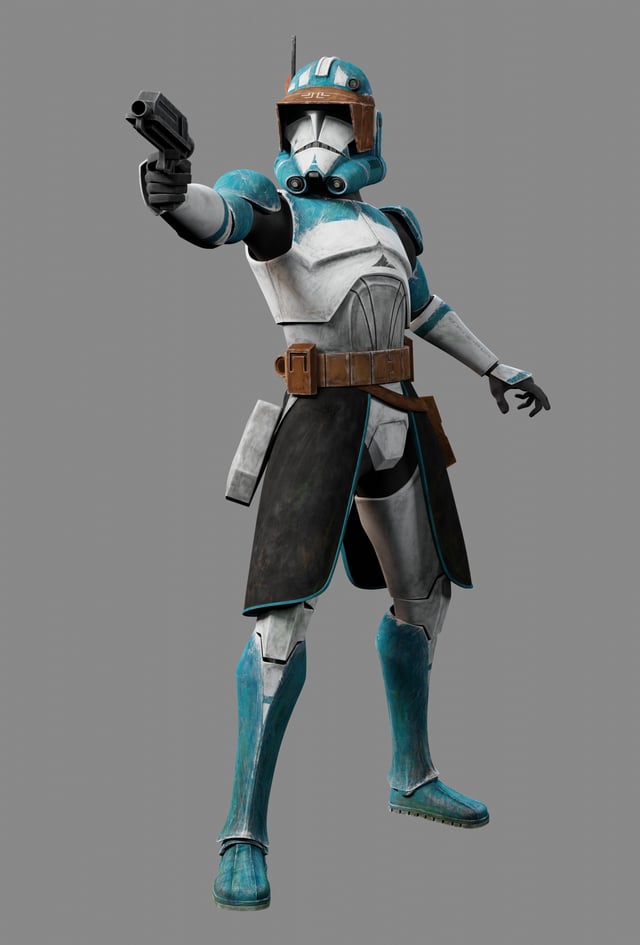
Importance of Backstory
The significant role of a comprehensive and compelling backstory in successful 3D character design is often overlooked, leading to a pitfall that can greatly diminish the depth and believability of the character. This neglect hampers character evolution and undermines narrative significance.
The importance of backstory can be conveyed through the following points:
- It provides context for the character's actions and motivations, fostering believable behavior.
- It enables meaningful character evolution, illustrating growth or change over time.
- It enhances narrative significance by tying the character's past to the overall storyline.
- It deepens audience connection, allowing them to empathize with the character's journey.
Innovative 3D character design demands a meticulously crafted backstory, ensuring depth, authenticity, and emotional resonance.
Backstory Influences Design
Frequently, designers fail to realize the profound influence a character's backstory has on the overall design, a serious pitfall that can compromise the success of a 3D character design project.
The backstory serves as the cornerstone, shaping physical attributes, driving character motivation, and instilling emotional depth. A neglected backstory often leads to a lack of coherence and relatability in the final design.
For instance, a character with a traumatic past might exhibit physical scars, a hardened demeanor, or a specific set of skills - aspects that breathe life into the design.
Thus, a well-crafted backstory effectively fuels design decisions, fostering innovation and creativity. Designers should leverage this tool to create compelling characters with rich emotional complexity, ensuring their designs resonate with audiences on a deeper level.
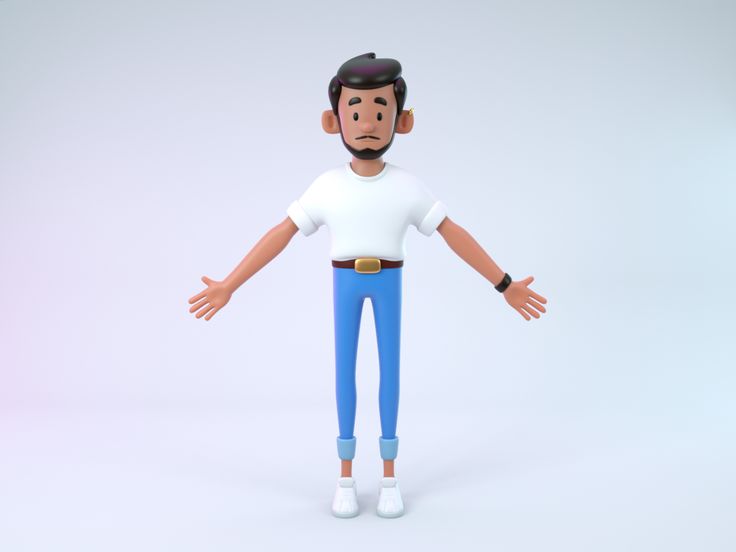
The Importance of Consistency in Character Design
Maintaining a consistent approach to character design is a crucial aspect that can significantly influence the success of a 3D character in resonating with its audience. Consistency helps to avoid character consistency mistakes and underscores the importance of uniformity.
It enhances the credibility of the character: Uniformity in design elements provides a sense of reality and believability.
It fosters audience connection: Consistency in appearance and behavior helps the audience to empathize and connect with the character.
It aids in brand recognition: Consistent characters become synonymous with the brand they represent, thereby increasing brand recall.
It influences audience expectations: Consistent attributes enable the audience to predict the character's reactions, creating a sense of familiarity and engagement.
Inconsistency, on the other hand, can lead to confusion and disconnect.
The Struggle With Balancing Detail and Simplicity
A significant number of designers grapple with the challenge of striking a balance between detail and simplicity in 3D character design. Achieving this equilibrium is an intricate process, delicately factoring in color choice significance and shape symbolism exploration.
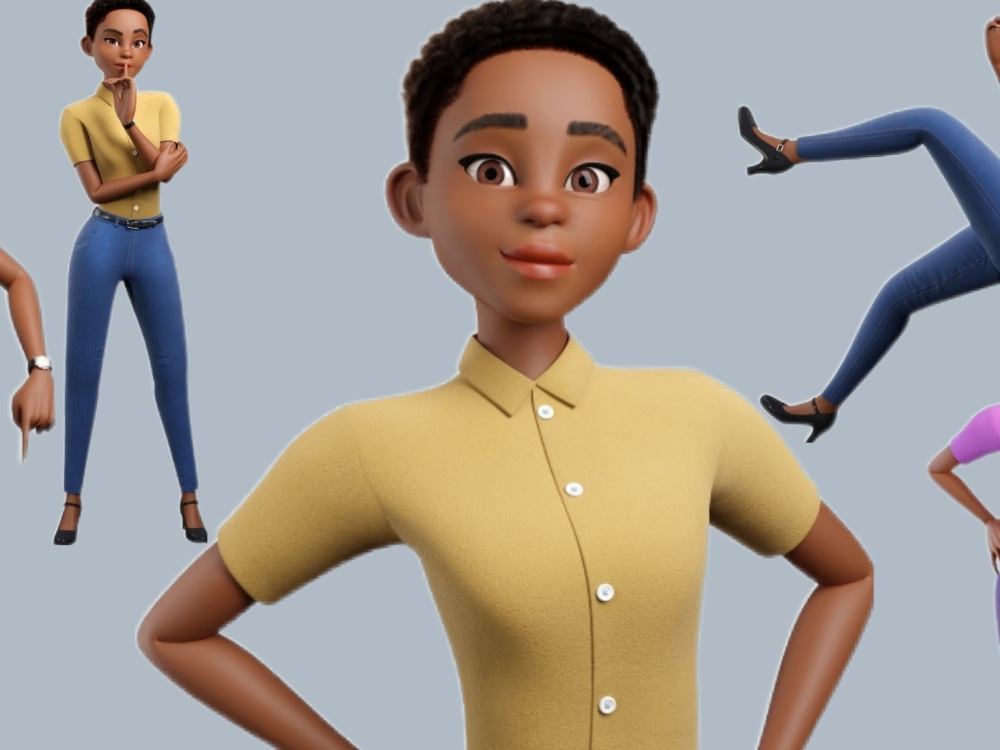
Each hue used carries emotional undertones and psychological implications, influencing audience perception. Simultaneously, the exploration of shape symbolism allows designers to convey complex narratives elegantly through simple geometric forms.
Overcomplication can lead to confusion, while oversimplification can result in a lack of depth or relatability. The struggle lies in harmonizing these elements, maintaining the character's essence without overwhelming viewers or diluting the design's impact.
This intricate balancing act, if mastered, can lead to innovative, compelling, and successful 3D character designs.
The Risk of Ignoring Feedback and Critiques
Designers often underestimate the value of thoughtful feedback and critiques, and this oversight can pose substantial risks to the development and success of their 3D character designs. Ignoring feedback can lead to a lack of innovation and creativity, as well as a failure to address potential issues or improvements in the design.
- Feedback interpretation: Understand the underlying message to make necessary adjustments.
- Critique utilization: Use critiques to refine your design, improving its appeal and functionality.
- Continuous learning: Feedback provides opportunities to learn, grow, and become better at your craft.
- User engagement: Responding to feedback increases user engagement, which can drive the success of your design.
Embracing feedback and critiques is crucial to the evolution of a designer's skillset and the success of their 3D character designs.
Overcoming the Hurdle of Staying Motivated and Creative
Sustaining the abstract qualities of motivation and creativity presents a significant challenge in the process of successful 3D character design. In this technically demanding field, creative stagnation can be a detrimental hurdle. To counter this, leveraging motivation techniques is essential.
Establishing a well-defined workflow allows for creative consistency, while also providing time for innovative exploration. Regularly immersing oneself in new experiences, knowledge, and technologies fosters creative growth and combats stagnation.
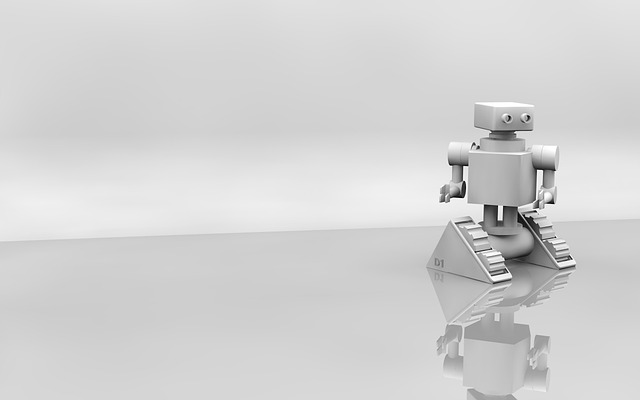
Furthermore, setting realistic, yet ambitious goals can drive motivation, pushing designers to raise their own bar of excellence. Ultimately, the key is to maintain a balance between routine and exploration, between ambition and feasibility.
In doing so, one can sustain motivation and creativity in the complex arena of 3D character design.
Frequently Asked Questions
What Are Some Useful Tips for Managing My Time Effectively During the Character Design Process?
Effective time management in character design involves early concept sketching and iterative refinement. Allocate specific time for brainstorming, sketching, refining, and finalizing designs. Regular reviews can prevent unnecessary revisions, optimizing the process.
How Can I Ensure That My 3D Character Design Is Relatable and Appeals to a Wide Range of Audiences?
To ensure your 3D character design appeals broadly, focus on establishing an emotional connection. Incorporate universally understood emotions and display cultural sensitivity to resonate with diverse audiences, fostering relatability and wide-ranging appeal.
How Do I Protect My 3D Character Design From Plagiarism and Copyright Infringement?
To safeguard your 3D character design from copyright infringement, consider Trademark Registration and applying for Design Patents. These legal protections provide exclusive rights, preventing unauthorized reproduction or use of your original creation.
Can 3D Character Design Be Automated Using AI or Other Technologies and if So, How Does This Affect the Role of the Designer?
AI integration challenges 3D character design, facilitating automation. Yet, the designer's role remains crucial, creatively guiding AI. Technological advancements impact design, introducing efficiency, but human ingenuity continues to be indispensable for truly innovative character creation.
Leveraging social media branding and careful platform selection are key to showcasing 3D character designs. Use visually focused platforms like Instagram or Behance, and ensure your branding highlights your unique style and technical proficiency.
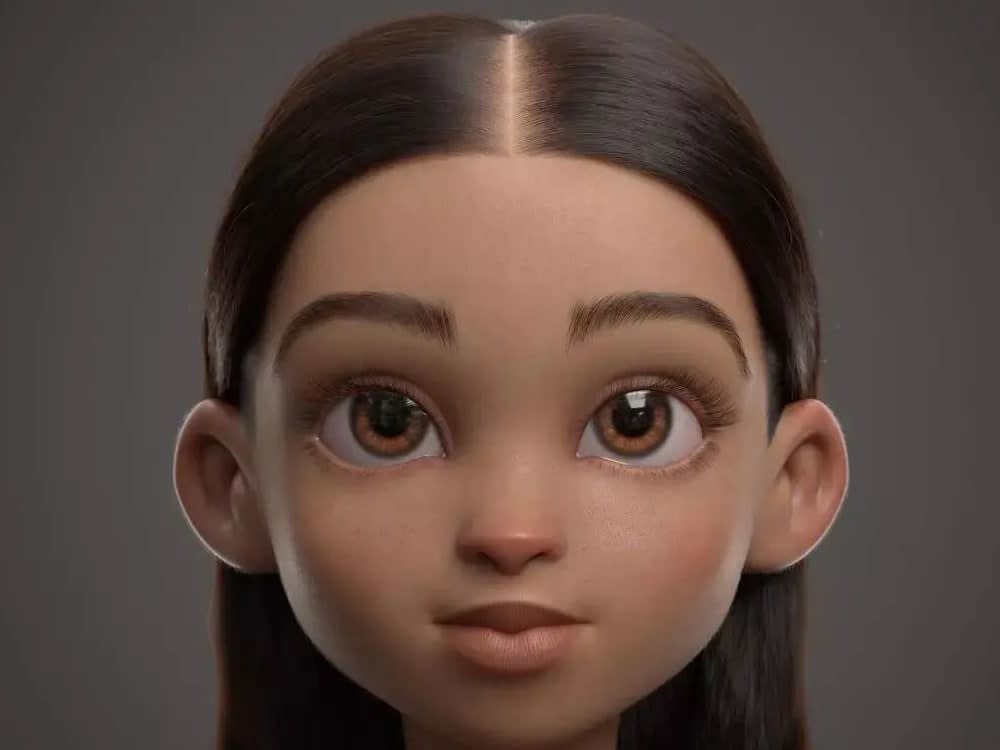
 Digital Art InstructionDIY Infographics DesignMobile Game ArtworkPersonalized Logo Design3D AnimationeBook Covers DesignPrivacy PolicyTerms And Conditions
Digital Art InstructionDIY Infographics DesignMobile Game ArtworkPersonalized Logo Design3D AnimationeBook Covers DesignPrivacy PolicyTerms And Conditions
